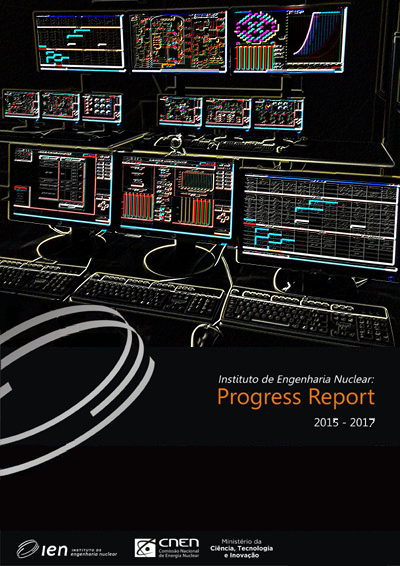Geochemistry of river suspended sediments in tropical watersheds: anthropogenic and granite-gneiss sources, SE Brazil
Palavras-chave:
mineralogy, total suspended sediment, pollutionResumo
The Piabanha watershed (2 x 103 km2) is located in the mountainous region of Rio de Janeiro, Brazil and it is an affluent of the Paraiba do Sul River, the most important river from the Brazilian southeastern coast.The total suspended sediment (TSS) mineralogical analyses were performed with XRD. Geochemical analysis was done with EDXRF for SiO2, TiO2, Al2O3, Fe2O3, MnO, MgO, CaO, Na2O, P2O5, SO3, BaO, ZnO, CuO, ZrO 2, SrO, Y2O3, Ga2O3, As2O3, Nb2O5, Rb2O, Cr2O3, SnO2 and Br. Quartz, kaolinite and gibbsite were the dominant in the TSS mineralogy, followed by feldspar and mica.The TSS geogenic source contrasted with pollution source from sewage. Granite and gneiss rocks contribution in the TSS of Piabanha watershed show a commonmineralogical and geochemical source. But the alluvial deposits from river banks might have been responsible for the differences between summer and winter samples.The major features in TSS from geogenic sources were SiO2, Al2O3, MgO, Ga2O3, Nb2O5, Rb2O, K2O, SrO, ZrO2 and TiO2. They showed a good correlation on the Si:Al molar ratio, and suggested that the source area is intensely weathered. Pollution features were given by significant TSS concentration of Fe2O3, MnO, ZnO, CuO, As2O3, CaO, Na2O, P2O5 and SO3 associated to sewage source.
Referências
BOUCHEZ, J. et al. Grain size control of river suspended sediment geochemistry: clues from Amazon river depth profiles. Geochemistry Geophysics Geosystems, [S. l], v. 12, n. 3, p. 1–24, 2011.
GARÇON, M. et al. Which minerals control the Nd–Hf–Sr–Pb isotopic compositions of river sediments? Chemical Geology, Amsterdam, v. 364, p. 42–55, 2014.
HUDSON-EDWARDS, K. Fluvial environments. In: Perry; C.; TAYLOR, K. Environmental sedimentology. Londres: Blackwell, 2006. p. 75–108.
MILLIMAN, D.; SYVITSKI, J. P. M. Geomorphic/tectonic control of sediment discharge to the ocean: the importance of small mountainous rivers, Journal of Geology, Chicago, v. 100, n. 5, p. 525–544, 1992.
VIERS, J.; DUPRÉ, B.; GAILLARDET, J. Chemical composition of suspended sediments in world rivers: new insights from a new database. Science of the Total Environment, Amsterdam, v. 407, n. 2, p. 853–868, 2009.
WALLING, D. E. et al. Establishing sediment budgets for two small lowland agricultural catchments in the UK. Catena, Amsterdam, v. 47, n. 4, p. 323–353, 2002.
Downloads
Arquivos adicionais
Publicado
Como Citar
Edição
Seção
Licença
Copyright (c) 2018 Vitor Schwenck Brandão, Carla Semiramis Silveira, Alfredo Victor Bellido Bernedo, José Luiz Mantovano

Este trabalho está licenciado sob uma licença Creative Commons Attribution-NonCommercial-NoDerivatives 4.0 International License.


